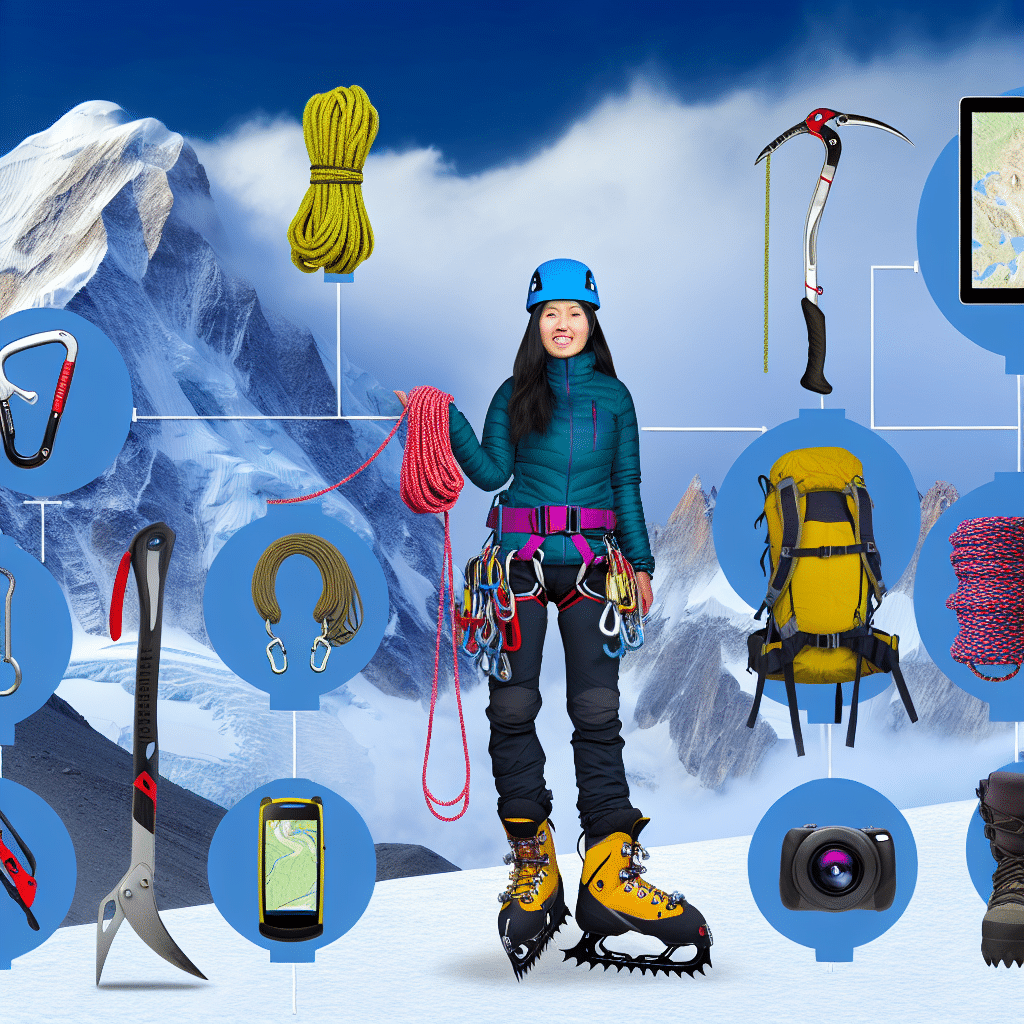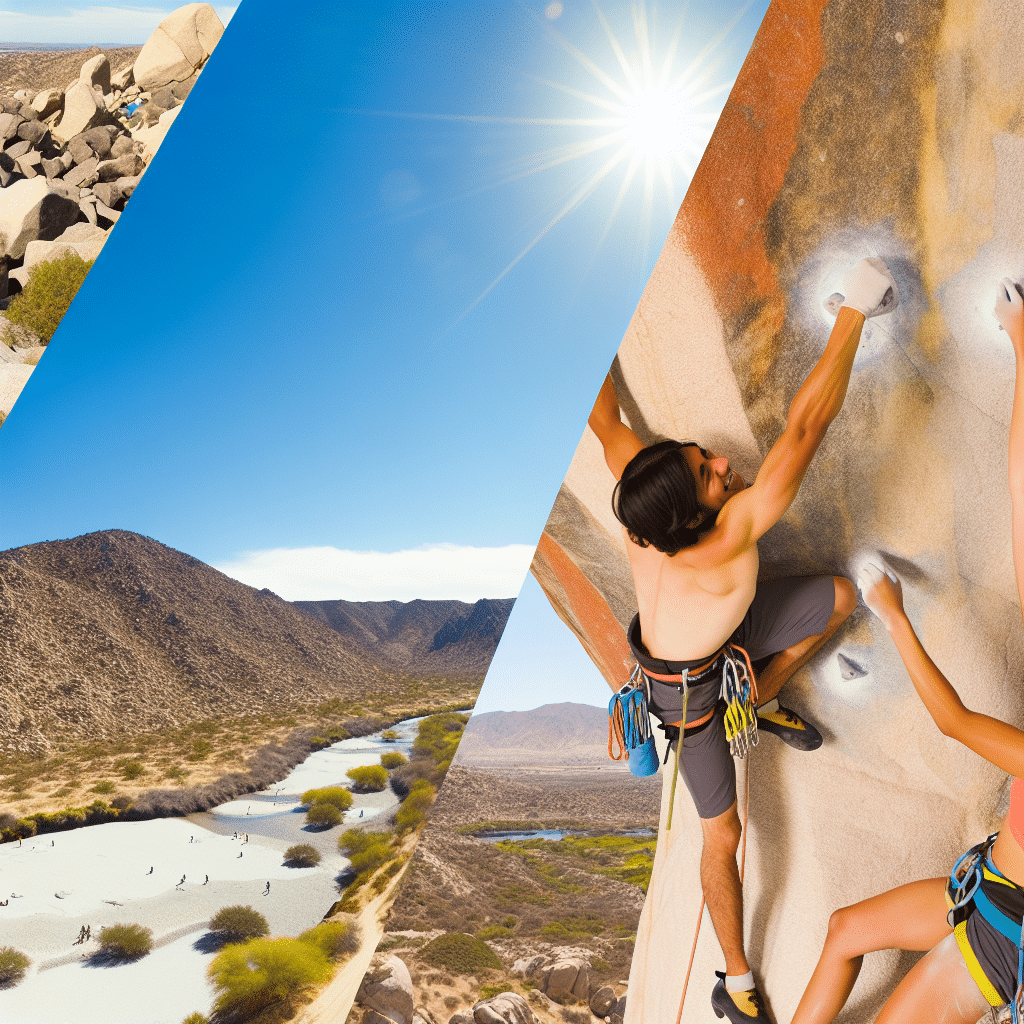Mountaineering is not just a sport; it’s an adventure that invites you to push your limits and explore the heights of natural beauty. To ascend towering peaks and navigate treacherous terrains safely, the right tools are crucial. From ropes and crampons to GPS devices and first aid kits, each piece of gear has a vital role to play. This comprehensive guide dives deeply into the essential mountaineering tools that will prepare you for your next high-altitude adventure.
Why Are Mountaineering Tools So Important?
Mountaineering is fraught with unpredictable challenges such as sudden weather changes, steep ice walls, and rocky ridges. The right tools not only make these challenges manageable but also enhance safety and efficiency. Inadequate gear can lead to severe consequences, including injuries, frostbite, or even fatality.
Safety First: The Essential Mountaineering Gear
Before you begin any climb, you must have a well-rounded understanding of the essential gear. Here is a detailed look at some of the critical mountaineering tools:
Climbing Essentials: What Can’t You Leave Behind?
Ropes and Carabiners
Ropes are fundamental for climbing, rappelling, and securing yourself to anchors. Dynamic ropes, which stretch to absorb the impact of a fall, are preferred for lead climbing. Carabiners are equally indispensable for connecting ropes to harnesses, anchors, or other pieces of equipment. Locking carabiners ensure added security.
Harness
A harness wraps around your waist and legs, providing a secure point to attach ropes and other gear. Look for harnesses with padding for comfort and multiple gear loops for convenience.
Helmet
A helmet protects your head from falling rocks, ice, or even inadvertent falls. It should be lightweight yet robust, and ideally equipped with ventilation features to keep you cool.
Footwear: Stepping Up Your Climbing Game
Mountaineering Boots
Footwear is arguably one of the most critical factors in your climbing success. Mountaineering boots are designed to provide support, warmth, and durability. Look for boots with stiff soles that are compatible with crampons.
Crampons
When dealing with icy or snowy terrains, crampons provide the necessary grip to prevent slips. They attach to your boots and come with varying points for different types of climbs. Twelve-point crampons are versatile and suit most alpine activities.
Gaiters
Gaiters are protective coverings worn over your boots and lower pants to keep snow, ice, and debris out of your footwear. They also add an extra layer of insulation.
Navigation Tools: How Do You Stay on Track?
Compass and Map
While GPS devices offer convenience, never underestimate the power of a traditional compass and map. They don’t rely on batteries and can guide you when technology fails.
GPS Device
A handheld GPS device can provide real-time location tracking and route planning. Make sure it’s charged and, ideally, carry extra batteries or a portable charger.
Altimeter
An altimeter measures altitude and can be incredibly useful for tracking your progress and estimating the remaining climb.
Survival Gear: What’s in Your Backpack?
First Aid Kit
Accidents can and do happen. A first aid kit equipped with bandages, antiseptics, and pain relievers is non-negotiable. Learn basic first aid to handle minor injuries or stabilize someone until help arrives.
Multi-Tool
A multi-tool can perform a variety of functions, from cutting rope to repairing gear. Choose one that includes knives, pliers, and screwdrivers.
Emergency Shelter
An emergency bivvy or a lightweight tent can be a lifesaver if you get caught out overnight or in severe weather.
Clothing: Dressing for Success
Base Layers
Base layers wick moisture away from your skin, keeping you dry and warm. Opt for merino wool or synthetic materials.
Insulating Layers
These layers trap body heat to keep you warm. Fleece jackets or down vests are great options.
Outer Shell
An outer shell, or hardshell jacket, provides a waterproof and windproof barrier. It should be breathable to allow moisture to escape.
Advanced Tools: Going Beyond Basics
Ice Axe
An ice axe is not just for climbing steep ice sections; it can also be used for self-arrest in case of a fall. The pick end helps with climbing, while the adze can be used for cutting steps.
Avalanche Beacon
If you’re venturing into avalanche-prone areas, a beacon is critical for search and rescue operations. Practice using it before your trip.
Conclusion: Are You Ready to Reach New Heights?
Mountaineering tools are much more than just accessories; they are essential for your safety and success. From the helmet that protects your head to the GPS device that guides your path, each piece of gear plays a pivotal role. So, equip yourself with the right tools, hone your skills, and set off on an unforgettable adventure to conquer the mountains.




